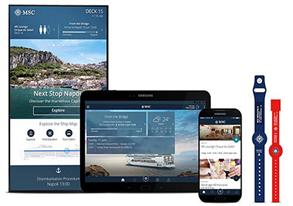Steffen von Bünau of Kontakt.io has an interesting article on “Jobs to be done – Accuracy in Real Time Location Systems”. He asks:
Who will use the information and what is to be achieved with it?
He questions whether organisations need room level accuracy or location within a room.
As Steffan says, trilateration can be used for positioning within a room.
However, determining accurate location within a room is much harder and more expensive to achieve and needs fingerprinting. Fingerprinting involves going over the target area to sample beacon signal strengths that’s time consuming. It’s also the case that the more you tune these things, the easier it is that they can go out of tune when the environment changes. New or changed items in a room can easily change signal strength readings and cause the need for re-fingerprinting.
As Steffen says:
“Accuracy is an expensive vanity metric unless it is necessary to get the job done.”
Read more about beacons for RTLS and our BeaconRTLS platform.
Read about BluetoothLocationEngine™
![]()

